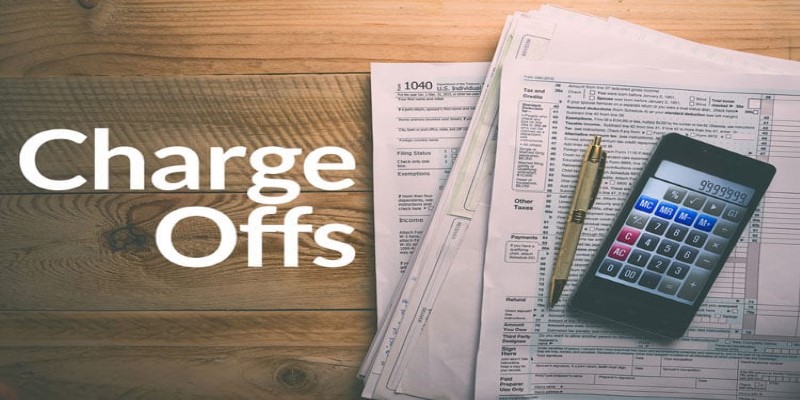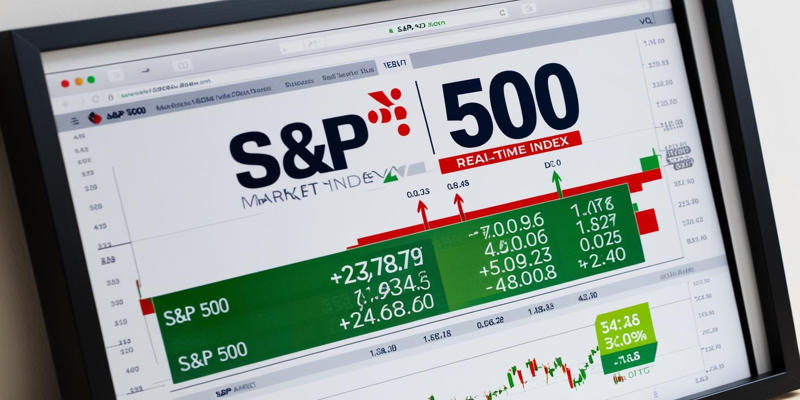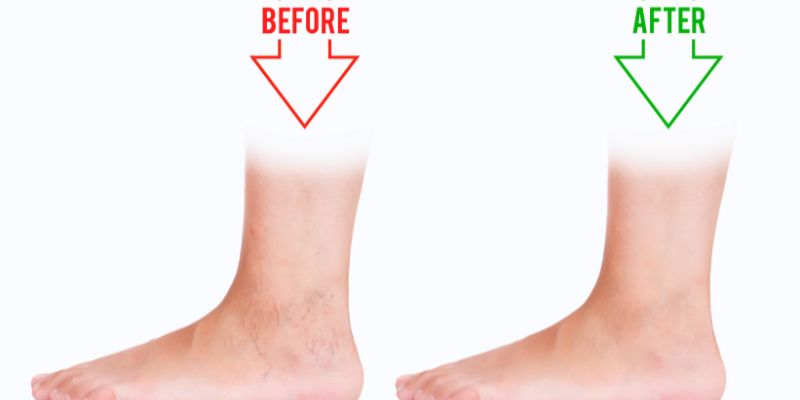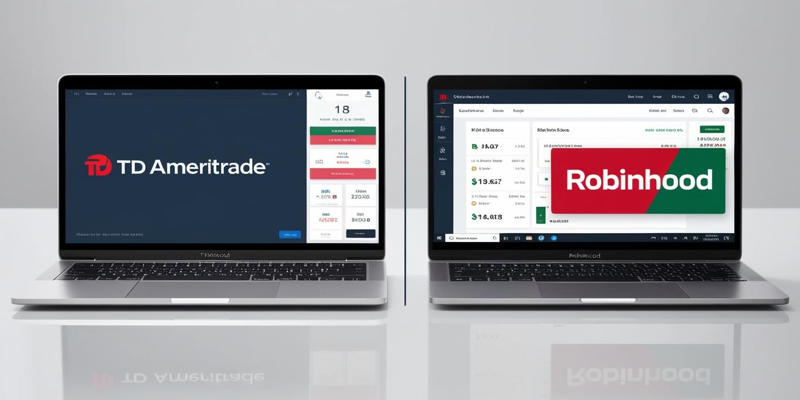Advertisement
When it comes to retirement planning, one of the most attractive options for many people is the ability to take a pension tax free lump sum. But what exactly does that mean, and how does it fit into your retirement strategy? Essentially, a pension tax free lump sum refers to a portion of your pension savings that you can withdraw as a one-off payment without having to pay tax on it. For many, this upfront sum can provide a financial cushion as they transition into retirement.

In the UK, this option is typically available to people who are 55 or older and is governed by specific rules that outline how much you can take tax free. Understanding the ins and outs of how the pension tax free lump sum works is crucial for anyone planning for retirement.
The tax free lump sum is part of the overall pension benefits, but this is treated differently from the rest of your pension pot. Most pension plans allow you to take up to 25% of your total pension savings as a tax free lump sum once you reach the eligible age, which is usually 55. This means that if your pension pot is worth 100,000, you could potentially take out 25,000 without any tax deductions.
Depending on how you choose to access it, the remaining 75% of your pension pot will be subject to tax. This may include the opportunity to draw an income through annuities or to access your pension pot via drawdown. The tax free lump sum is a crucial component of many people's retirement plans because it provides immediate access to a portion of their pension savings without any tax charge.
Nevertheless, rules and limits exist. A tax free lump sum may not be possible in all pension schemes, and where this does apply, its availability would still vary depending on your specific type of pension. It will often vary if you are defined as benefits and final salary compared with defined contribution pensions that involve money purchase.
Planning for the lump sum withdrawal should be done as part of a comprehensive retirement strategy. Ideally, this decision should factor in your other sources of income, your long-term financial needs, and your overall retirement goals.

One of the first things to consider when planning for the pension tax free lump sum is timing. If you're still working and have other income sources, taking the lump sum earlier in retirement might be less financially advantageous. On the other hand, if you're planning to retire soon or already have a stable income, withdrawing the tax free amount can provide immediate liquidity. Many retirees choose to take their lump sum early in retirement, allowing them to reduce debt or fund major expenditures like home repairs or travel. This can provide a sense of security during the initial stages of retirement.
Additionally, you should think about how to balance this lump sum with other retirement funds. For example, if you have other pension pots or investments, it may be worth exploring whether you need to access those funds immediately or let them grow further. Taking out the tax free lump sum should not compromise your ability to maintain a stable income throughout your retirement.
While the pension tax free lump sum may sound like an attractive option, its important to approach it with careful consideration. The decision to take a lump sum should be part of a well-thought-out retirement strategy. For one, withdrawing a lump sum can reduce the amount of money left in your pension pot, which could affect your long-term financial security. The remaining 75% of your pension is still subject to tax, so if you choose to take this as a lump sum in the future, you may face a significant tax bill.
Moreover, if you decide to withdraw your pension early, you may lose out on future growth potential, as the money thats taken out wont have the chance to grow further through investments or interest. This could impact the total value of your retirement savings over time.
Another factor to consider is that taking a lump sum may affect any means-tested benefits you receive, such as state pensions or housing benefits. By increasing your income in retirement, you could inadvertently push yourself out of eligibility for these types of benefits, so its important to factor this into your decision-making process.
While the pension tax free lump sum can be a valuable option for many retirees, its not the only way to access your pension. Depending on your financial goals and circumstances, you might choose to consider other pension options.
For instance, you could opt for a pension drawdown, which allows you to take an income directly from your pension pot rather than withdrawing a lump sum. This can provide a steady income stream while keeping your pension savings invested, allowing for potential growth. However, this approach also comes with risks, as the value of your pension pot can fluctuate depending on market conditions.

Another alternative is buying an annuity, which gives you a guaranteed income for life in exchange for part or all of your pension pot. While annuities are a more predictable option, they may not provide the same level of flexibility as drawdown or taking a lump sum. Additionally, annuities dont offer the same potential for growth that an invested pension pot might.
Each option comes with its own set of advantages and disadvantages, and the best choice will depend on your individual retirement needs, risk tolerance, and financial situation. A financial advisor can help you weigh these options and develop a strategy that aligns with your long-term goals.
The pension tax free lump sum is an attractive option for many people looking to access their pension savings before they fully retire. Allowing individuals to take up to 25% of their pension pot tax free offers immediate financial flexibility, making it easier to meet expenses or pursue other opportunities. However, it's not without its drawbacks, such as the potential to reduce your future pension income or the risk of losing out on future growth. Ultimately, the decision to take a pension tax free lump sum should be part of a broader retirement strategy.
Advertisement

By Susan Kelly/Nov 30, 2024

By Jennifer Redmond/Oct 10, 2024

By Nancy Miller/Oct 18, 2024

By Christin Shatzman/Oct 14, 2024

By Darnell Malan/Dec 25, 2024

By Celia Kreitner/Oct 14, 2024

By Gabrielle Bennett /Oct 10, 2024

By Sid Leonard/Nov 10, 2024

By Kristina Cappetta/Dec 26, 2024

By Aldrich Acheson/Oct 29, 2024

By Verna Wesley/Dec 25, 2024

By Isabella Moss/Dec 26, 2024